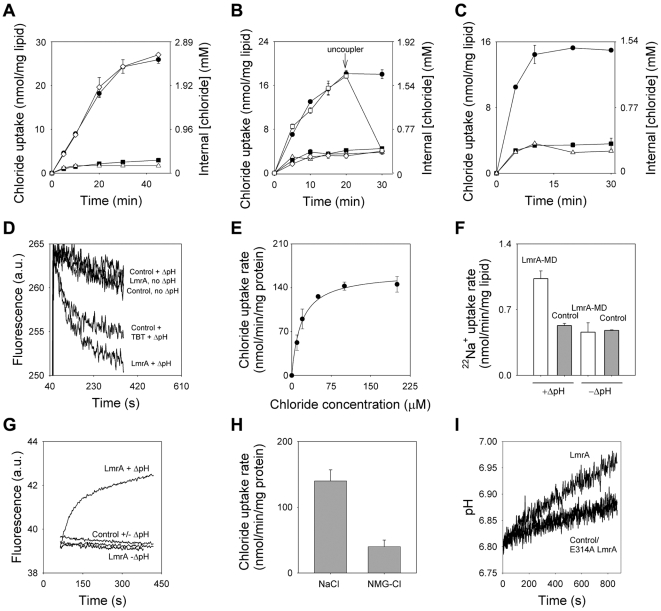Figure 3. Ion-coupled transport in proteoliposomes.
A, B, 36Cl− uptake (100 µM) by LmrA-MD (•), E314A LmrA-MD (⋄), EE LmrA-MD (▪) or empty liposomes (▵) in the presence of a Δψ (interior negative) of −120 mV (A) or -ZΔpH (interior alkaline) of −49 mV (B). In the duplicate experiment for LmrA-MD (□) in (B), the addition of uncoupler (valinomycin plus nigericin, 1 µM each) at the arrow resulted in efflux of accumulated 36Cl−, indicating concentrative uptake of the ion. C, ΔpH (interior alkaline)-dependent 36Cl− uptake by LmrA (•), EE LmrA (▪) or empty liposomes (▵). D, ΔpH (interior alkaline)-dependent uptake of non-radioactive Cl− (1 mM) by LmrA is observed as a quench in the fluorescence of the SPQ fluorophore trapped in the lumen of the proteoliposomes. Quenching was also observed in empty liposomes (control) in the presence of the Cl−/OH− antiporter TBT-Cl (1 µM). E, Kinetic analysis of ΔpH (interior alkaline)-dependent 36Cl− uptake by LmrA. F, ΔpH (interior alkaline)-dependent uptake of 22Na (25 µM) by LmrA-MD. G, Uptake of unlabelled Na+ (10 mM) by LmrA was detected as an increase in the fluorescence of the membrane-impermeable sodium green probe trapped in the lumen. H, Na+ (100 µM) stimulates the ΔpH-dependent uptake of 36Cl− (100 µM) by LmrA compared to control containing 99 µM NMG+ plus 1 µM Na+. I, H+ efflux in proteoliposomes loaded with pH probe BCECF in the presence of an outwardly directed NaCl gradient. Control, empty liposomes. (n = 5)

